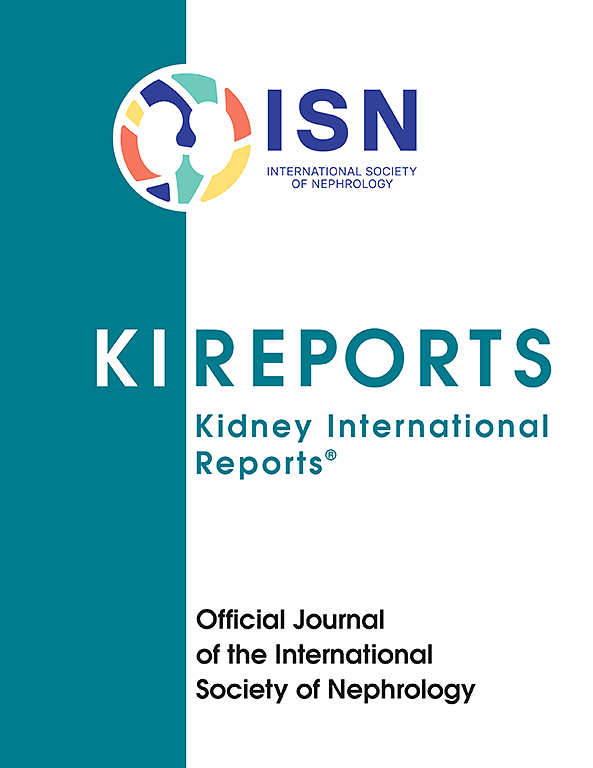Patients With Immunoglobulin A Nephropathy Show Abnormal Frequencies of B Cell Subsets, Unconventional T Cells, and High Levels of Galactose-Deficient IgA1–Coated Gut Bacteria
IF 5.7
2区 医学
Q1 UROLOGY & NEPHROLOGY
引用次数: 0
Abstract
Introduction
Mucosal inflammation is involved in the pathophysiology of immunoglobulin-A nephropathy (IgAN); however, peripheral immune phenotype analyses of patients with IgAN often do not include unconventional T cells, the major subset in mucosal immunity.
Methods
We measured serum total IgA, galactose-deficient IgA1 (gd-IgA1), secretory IgA (SIgA), B cell-activating factor (BAFF), and A proliferation-inducing ligand (APRIL) in 66 patients with IgAN and 30 healthy controls (HCs). We also quantified the total IgA and gd-IgA1 in stool supernatant along with the same coated on bacteria. In 35 patients and 14 controls, we performed extensive phenotyping using cytometry by Time-of-Flight (CyTOF) of circulating immune cells, including unconventional T cells (mucosal associated invariant T [MAIT] cells, γδ T, and natural killer [NK] T cells). The results were validated using RNAseq data from a larger cohort of 179 patients with IgAN, 140 patients with minimal change disease, and 91 HCs.
Results
Patients with IgAN had higher circulating levels of total IgA, gd-IgA1, and APRIL, and higher IgA and gd-IgA1-coated gut bacteria than controls, whereas serum levels of SIgA and BAFF did not differ between groups. Patients with IgAN showed more class-switched memory (CSM) and double negative (DN) B cells than controls. MAIT cells and γδ T cells were significantly lower, and CD4−CD8− NK T cells were significantly higher in patients with IgAN than in HCs. We validated the significant decrease in MAIT cells in an independent cohort of patients with IgAN.
Conclusion
The data indicate that patients with IgAN have increased circulating CSM and DN B cells associated with abnormal T cell immunity, involving defects in unconventional T cell frequency. This may suggest putative alterations at mucosal sites because of cell migration leading to altered IgA production.

求助全文
约1分钟内获得全文
求助全文
来源期刊

Kidney International Reports
Medicine-Nephrology
CiteScore
7.70
自引率
3.30%
发文量
1578
审稿时长
8 weeks
期刊介绍:
Kidney International Reports, an official journal of the International Society of Nephrology, is a peer-reviewed, open access journal devoted to the publication of leading research and developments related to kidney disease. With the primary aim of contributing to improved care of patients with kidney disease, the journal will publish original clinical and select translational articles and educational content related to the pathogenesis, evaluation and management of acute and chronic kidney disease, end stage renal disease (including transplantation), acid-base, fluid and electrolyte disturbances and hypertension. Of particular interest are submissions related to clinical trials, epidemiology, systematic reviews (including meta-analyses) and outcomes research. The journal will also provide a platform for wider dissemination of national and regional guidelines as well as consensus meeting reports.
 求助内容:
求助内容: 应助结果提醒方式:
应助结果提醒方式:


